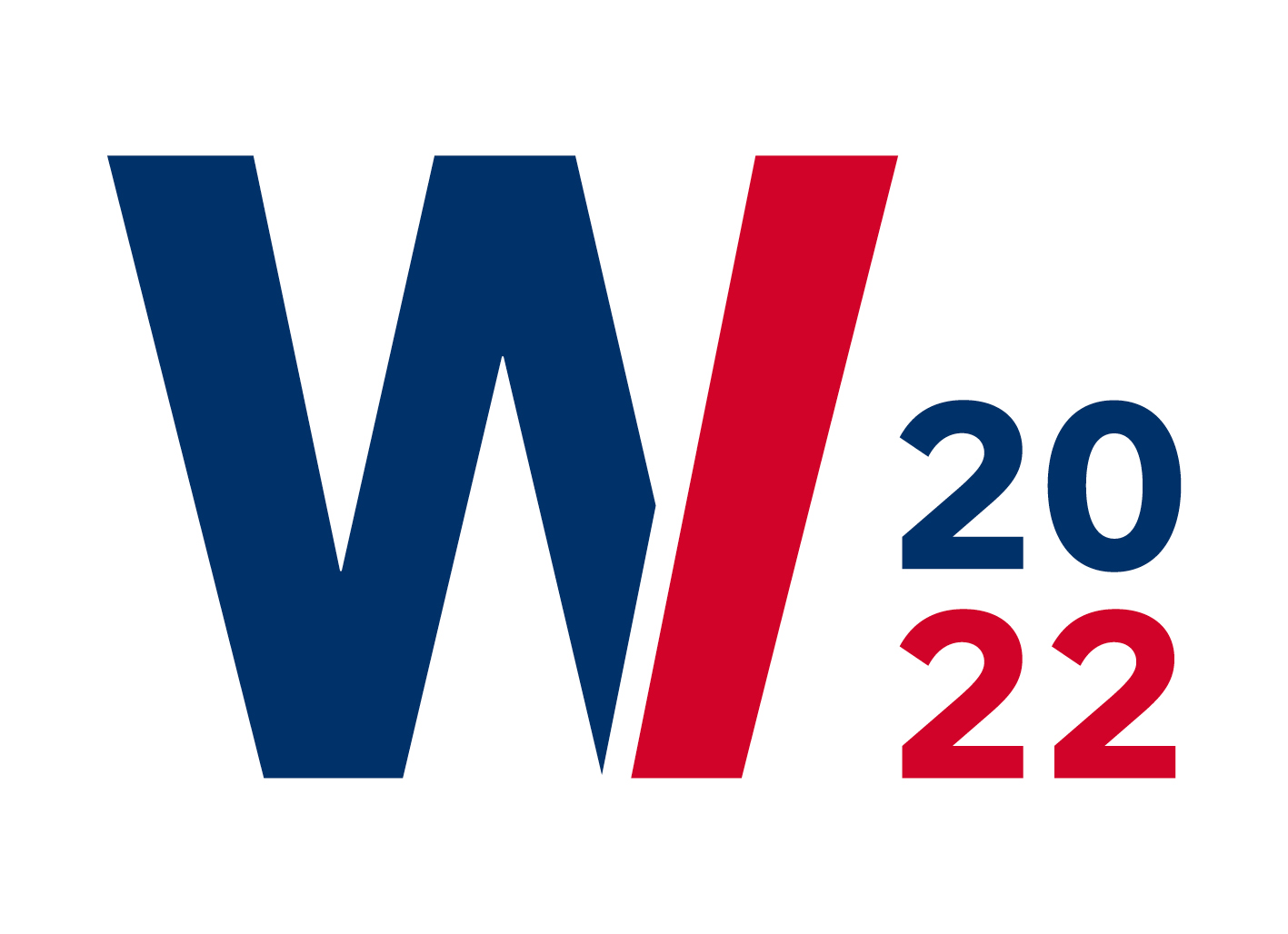Loading...
Description
The ability of students to self-monitor their learning paths is in demand as never before due to the recent rise of online education formats, which entails less interaction with lecturers. Recent advantages in educational process mining (EPM) offer new opportunities to monitor students’ learning paths by processing log data captured by technology-mediated learning environments. However, current literature falls short on providing user-centered design principles for ITtools which can monitor learning paths using EPM. Hence, in this paper, we examine how to design a self-monitoring tool that supports students to evaluate their learning paths. Based on theoretical insights of 66 papers and nine user interviews, we propose seven design principles for an IT-tool which facilitates self-monitoring for students based on EPM. Further, we evaluate the design principles with seven potential users. Our results demonstrate a promising approach to help students improve their self-efficacy in their individual learning process using EPM.
Recommended Citation
Ritz, Eva; Wambsganss, Thiemo; Rietsche, Roman; Schmitt, Anuschka; Oester-Reiss, Sarah; and Leimeister, Jan Marco, "Unleashing Process Mining for Education: Designing an IT-Tool for Students to Self-Monitor their Personal Learning Paths" (2022). Wirtschaftsinformatik 2022 Proceedings. 6.
https://aisel.aisnet.org/wi2022/digital_education/digital_education/6
Unleashing Process Mining for Education: Designing an IT-Tool for Students to Self-Monitor their Personal Learning Paths
The ability of students to self-monitor their learning paths is in demand as never before due to the recent rise of online education formats, which entails less interaction with lecturers. Recent advantages in educational process mining (EPM) offer new opportunities to monitor students’ learning paths by processing log data captured by technology-mediated learning environments. However, current literature falls short on providing user-centered design principles for ITtools which can monitor learning paths using EPM. Hence, in this paper, we examine how to design a self-monitoring tool that supports students to evaluate their learning paths. Based on theoretical insights of 66 papers and nine user interviews, we propose seven design principles for an IT-tool which facilitates self-monitoring for students based on EPM. Further, we evaluate the design principles with seven potential users. Our results demonstrate a promising approach to help students improve their self-efficacy in their individual learning process using EPM.


